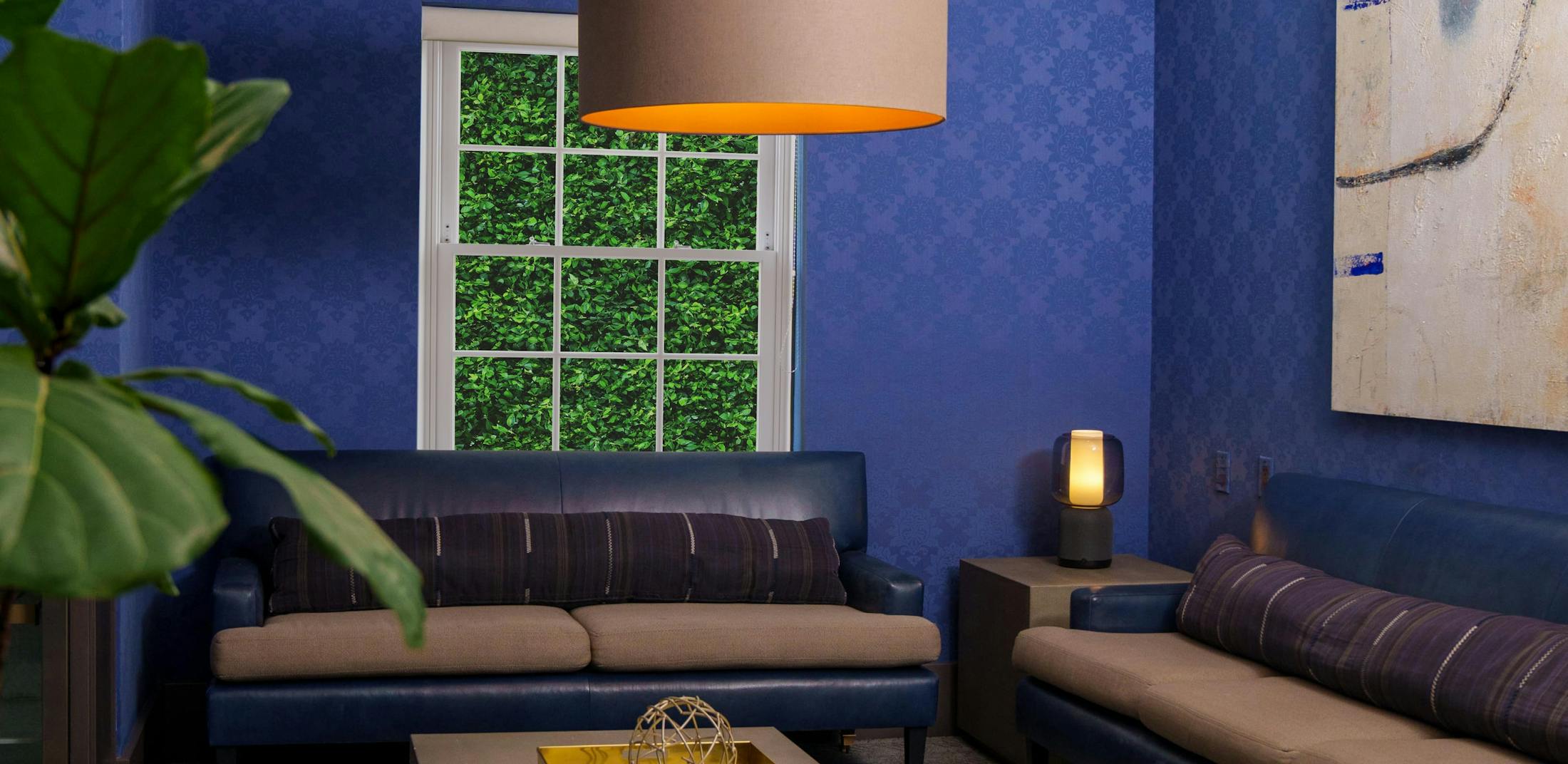
When looking at your face in the mirror lately, have you noticed drooping eyelids? Droopy eyelids can make you look more tired and even impair your vision.
Saggy eyelids is a common occurrence for many people as they age. Not to fret though, there are various options available to correct this issue utilizing facial plastic surgery.
What Is a Drooping Eyelid?
A drooping eyelid is also called blepharochalasis, ptosis, or blepharoptosis. With this condition, the border of the upper eyelid falls to a lower position than usual. In extreme cases, the drooping eyelid can cover all or part of the eye and hinder your vision. The skin excess in an aged eyelid can also cause blockage of the vision in extreme cases.
Ptosis can affect one or both eyes. It can be present at birth, or it may develop progressively over the years. Sometimes ptosis is a mild issue that alters a person’s appearance without affecting vision or health. In some cases, however, it can be a warning symptom that a more pressing condition is affecting the muscles, nerves, brain or eye socket. Ptosis that emerges over a span of days or hours is more apt to imply a serious medical condition.
What Can I Do About It?
There are a myriad of options available to you to correct this issue. If you are dealing with heavy eyelids, whether it affects your vision or just your appearance, you can have it corrected surgically or non-surgically.
If you’re bothered by saggy eyelids and wrinkled skin around your eyes, injections or restorative surgical options could assist in making your eyes look more youthful, while in some cases skin excision and removal or repositioning of the fat around the eyelid is necessary.
Non-Surgical Options
There are a couple of different non-surgical methods to help with drooping eyelids. Injections of products that contain botulinum toxins (i.e. Botox), and hyaluronic acid fillers can help tighten sagging skin and smooth out wrinkles around your eyes.
It’s important to keep in mind that these products work in entirely different ways to correct eyelid issues associated with aging.
Botox-style injections work to weaken muscles in the crow’s feet area around the eye, giving you a more youthful look when you smile. They can also help to elevate the brow in some cases that lifts the skin in the upper eyelid as well. Injectable fillers produce increased volume to fill in deeper crevices on the cheeks and around the under-eye areas to lift saggy eyelids. In select patients, filler can also be used in the upper eyelid by very experienced injectors to correct visible signs of aging due to hollowing of the upper eyelid complex.
Both options work well to present a more youthful appearance. It may be a good approach to use both types of products, since they treat different problems, in order to achieve the maximum overall benefits.
Surgical Options
Facial plastic surgery is a more permanent solution to your saggy eyelids. An eye lift surgery, such as blepharoplasty, is a quick, effective method in correcting your eyelids.
In an eye lift surgery or double eyelid surgery, in order to produce a more youthful representation, or correct obstructed vision due to saggy eyelids, a small portion of the eyelid skin and any excess fatty tissue will be extracted, and the eyelids delicately sutured back together with small stitches.
An eyebrow lift is another possible solution to dealing with heavy eyelids. With an eyebrow lift, a small incision is made and your doctor will go in to make alterations to the layers under the skin of the forehead. This will raise your brow line and remove excess weight from your eyelids in order to correct the eyelid’s sagging.
Following Up
Although there are many options available to correct a saggy eyelid, you should consult your doctor if you’re experiencing this condition. As previously mentioned, in some cases this can be the result of a serious medical condition.
After reviewing the options we’ve listed, determine whether you would prefer a surgical or non-surgical approach. Then, schedule a consultation with your physician to discuss which options for resolving your drooping eyelids are right for you.

